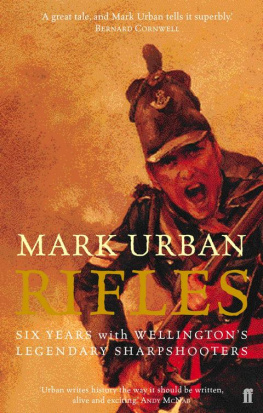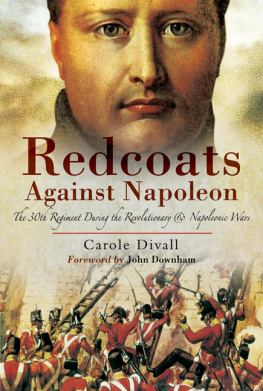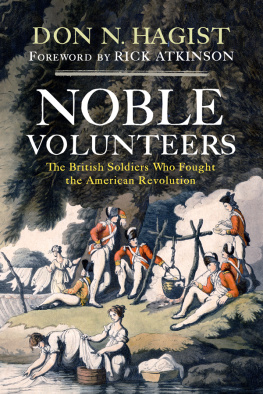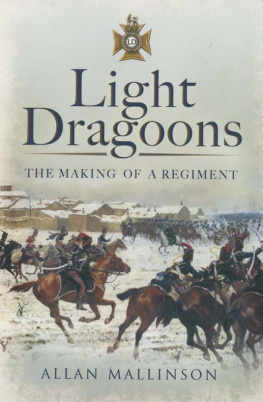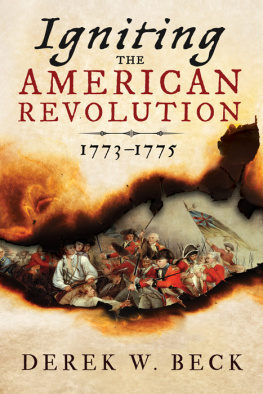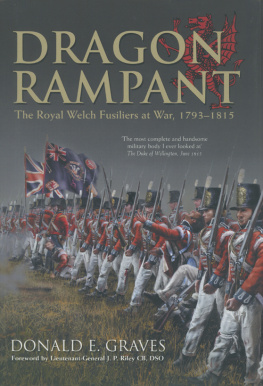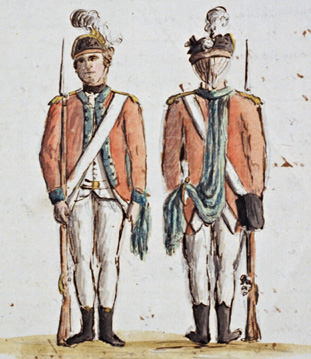

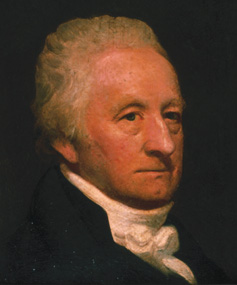
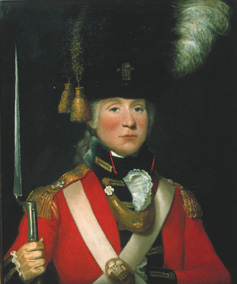
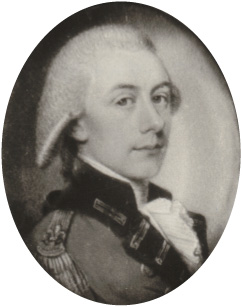
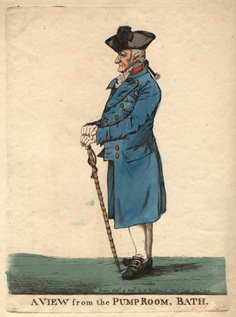
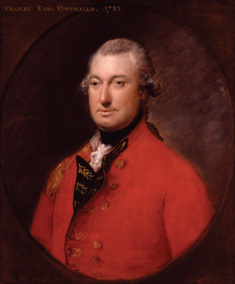




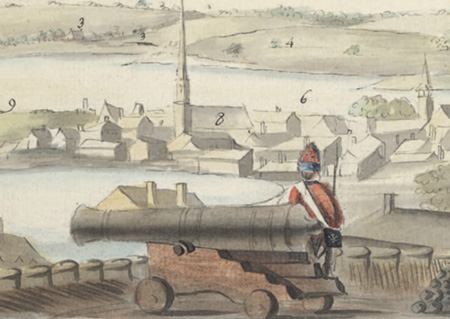
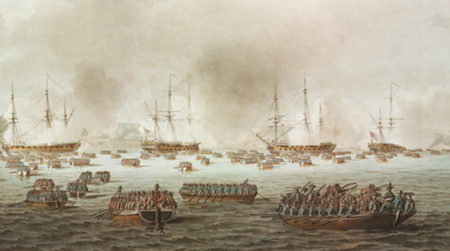

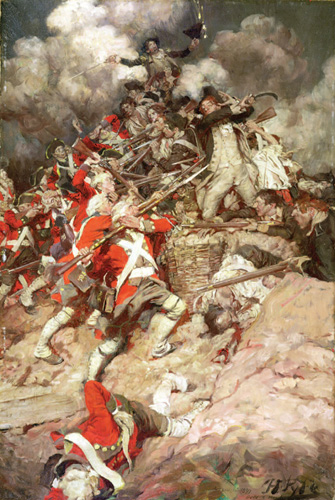
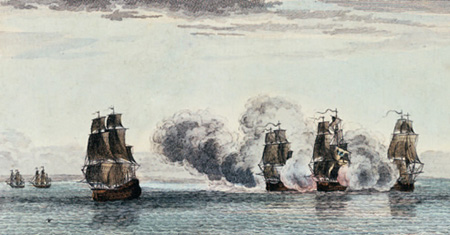
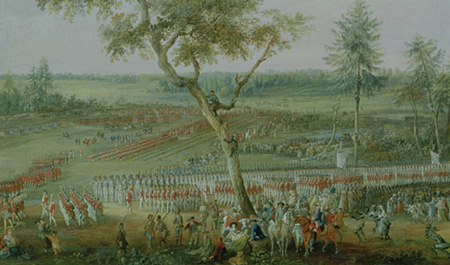

Copyright 2007 by Mark Urban
Maps copyright 2007 by Andrs Bereznay
First published by Walker & Company in 2007
This electronic edition published in November 2012
All rights reserved. No part of this book may be used or reproduced in any
manner whatsoever without written permission from the publisher except in the
case of brief quotations embodied in critical articles or reviews.
For information address Walker & Company,
175 Fifth Avenue,
New York, New York 10010.
Published by Walker Publishing Company, Inc., New York
LIBRARY OF CONGRESS CATALOGING-IN-PUBLICATION DATA HAS BEEN APPLIED FOR.
eISBN: 978-0-8027-1895-2
Visit Walker & Companys website at www.walkerbooks.com
To those who serve honourably
in unpopular wars
Contents
Cliveden Manor (detail). Valley Forge Historical Society, USA; The Bridgeman Art Library.
Maps
The British armys struggle to prevent American independence was undoubtedly one of its most significant campaigns. Not only did the outcome produce one of the great seismic shifts of global history, but it also marked a vital learning experience, the necessary shock required to launch the defeated forces on a path towards reform.
I freely confess that studying the battle for America has been a passion since childhood. It even motivated my first real steps in historical research, clutching a newly issued National Army Museum readers ticket at the age of sixteen. The fact that the contest ended in the British losing thirteen colonies simply increased its romance to me. And, if the fighting took place on a much smaller scale at Brandywine or Saratoga in 1777 than at Waterloo thirty-eight years later, this simply served to underline the intimacy of those earlier battles.
While the epic victories of Wellingtons army in the peninsula have long riveted British readers, an understanding of the carnage of Bunker Hill or triumph at Camden is in fact a vital prerequisite to discovering why the redcoat did so well against Napoleons armies. The fact that the narrative of Fusiliers continues until early 1809, when that of my earlier book, Rifles, begins, is quite deliberate.
Whereas Rifles described the campaigns of that elite and rather unusual corps, the 95th or Green Jackets, the story told in these pages is that of a red-coated regiment of the line, the 23rd or Royal Welch Fusiliers. In this sense the experiences of those soldiers fighting in America is more representative of the late eighteenth-century army and soldiering as a whole than that of the riflemen.
Many readers may ask, why the 23rd? There are two reasons. First, the Fusiliers were involved in the first fight, at Lexington in 1775, and campaigned right through to Yorktown in 1781 when the British venture finally came to grief. Their campaigns therefore provided a narrative that mirrors the wider story. The second is that there are enough first-hand accounts emanating from the 23rd to bring the regiment to life, and this is a very rare thing for that period. Some regiments, such as the 5th, boast excellent archival material rarely used by historians but left the American battlefield halfway through that conflict. One or two others, such as the 43rd, served as long in America as the 23rd but left no substantial personal accounts to speak of.
Two soldiers of the 23rd are very well known to specialists of this period: Serjeant Roger Lamb, one of the earliest British rankers to publish memoirs, and Frederick Mackenzie, adjutant of the Fusiliers at Lexington. I knew that in order for this account to be worth writing I would have to find much more than these two accounts for in any case Lamb only entered the 23rd three years into the war, and Mackenzie left regimental service soon after the war started, being employed in a series of staff jobs.
There were many times, as I began the process of digging into the 23rds campaigns, when I wondered whether the necessary weight of historical documents still existed, and whether my quest would end in failure. For while Wellingtons campaigns against Napoleon produced literally hundreds of printed memoirs or journals from survivors, there is no more than a handful from the much smaller number of men who fought across the Atlantic.
An initial success gave me the incentive to carry on. For while searching for material on another subject, I discovered that at a country seat north of London the Verney family still possessed an unpublished journal and autobiography of an officer named Harry Calvert. He served as a young subaltern in the 23rd, joining the regiment in 1779, fighting through the Carolinas and ending up captured at Yorktown. Here was a start then, an account unknown even to historians specialising in this subject. The lesson of the Calvert find was that dozens of haystacks would have to be searched to produce some more glinting needles of testimony.



